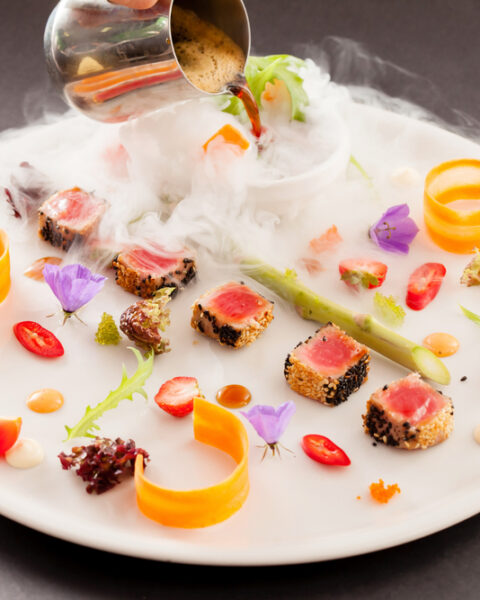Discovering new foods can be so exciting, especially when it comes to fruits. There are so many exotic fruits out there that you might not have heard of, but they’re definitely worth a try. These unique fruits can add a splash of flavor and a bit of adventure to your diet. Imagine biting into something completely different and being surprised by its taste and texture. Here’s a list of some fascinating fruits and how to enjoy them, so get ready to add some new favorites to your fruit bowl.
Contents
- 1 Rambutan
- 2 Mangosteen
- 3 Durian
- 4 Physalis
- 5 Jabuticaba
- 6 African Horned Cucumber
- 7 Ackee
- 8 Salak
- 9 Longan
- 10 Buddha’s Hand
- 11 Sapodilla
- 12 Pawpaw
- 13 Cherimoya
- 14 Chayote
- 15 Dragon Fruit
- 16 Miracle Fruit
- 17 Cupuaçu
- 18 More From RetailShout
- 19 The 10 Longest-Running Fast Food Chains in the U.S.
- 20 11 False Beliefs About Canned Food, Debunked
Rambutan
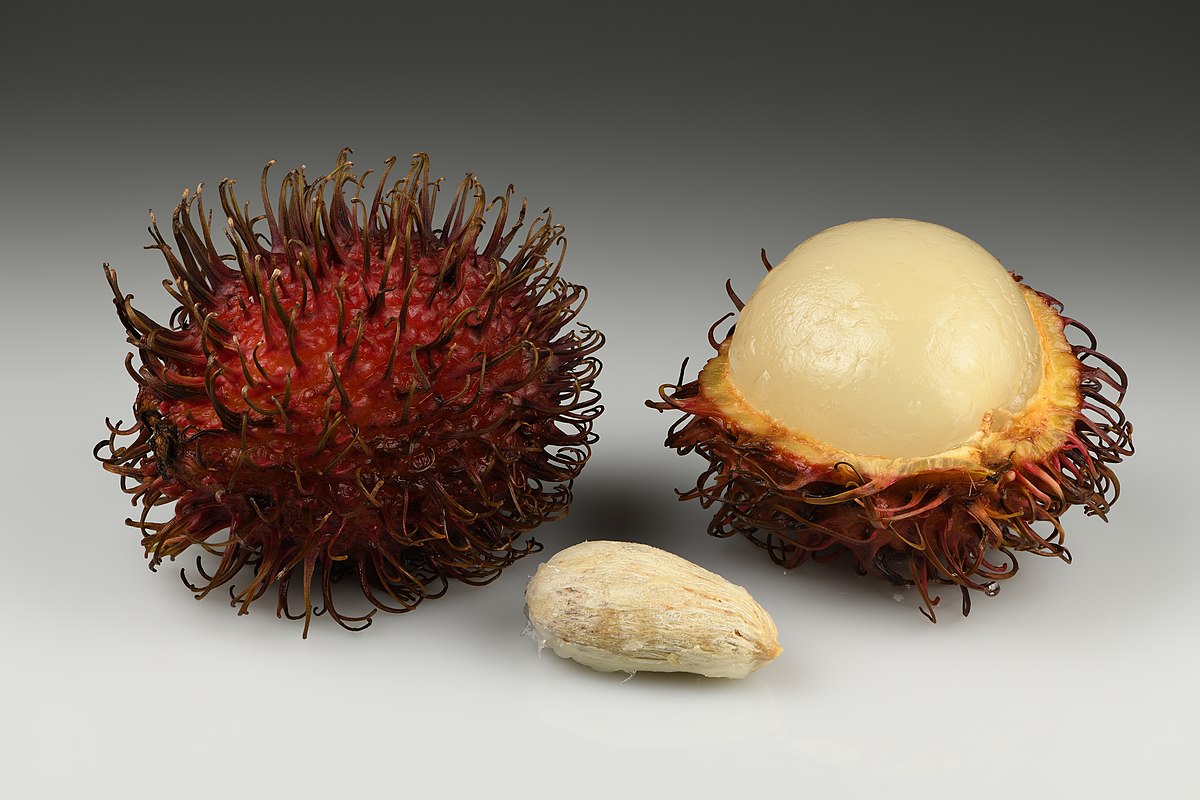
Rambutan is a small, round fruit native to Southeast Asia, covered in spiky, hairy skin. Inside, the flesh is juicy and sweet with a flavor reminiscent of lychee. To eat rambutan, slice open the skin around the middle and squeeze to pop out the fruit. Be cautious of the seed inside, which should not be eaten. Rambutans are often enjoyed fresh, in fruit salads, or used in desserts. They can also be blended into smoothies for a tropical twist.
Mangosteen
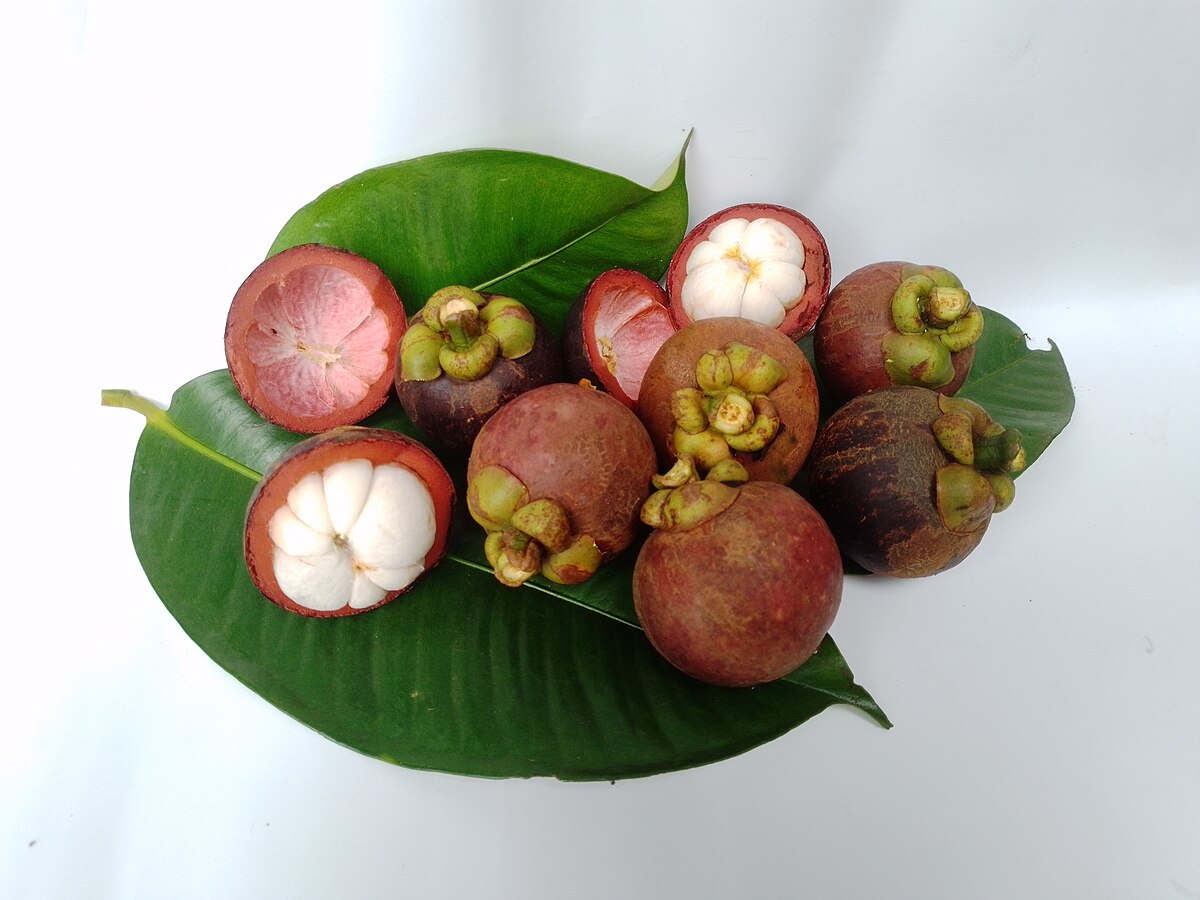
Mangosteen, known as the “queen of fruits,” is native to Southeast Asia and prized for its unique sweet and tangy flavor. The fruit has a thick purple rind and soft white segments inside. To eat mangosteen, press the fruit until it slightly cracks, then twist open to reveal the segments. The segments can be eaten directly but avoid the seeds. Mangosteen is best enjoyed fresh, and it can also be used in fruit salads or desserts.
Durian
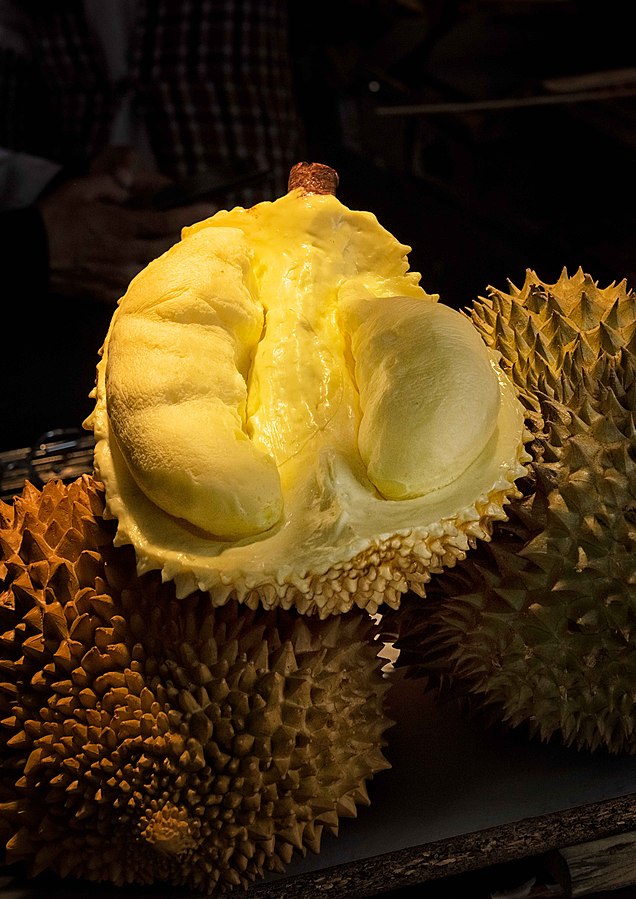
Durian is famous for its strong odor and is often called the “king of fruits.” It has a thorny shell and creamy, custard-like flesh with a unique sweet and savory taste. To eat durian, cut the fruit open along the natural seams and scoop out the flesh with a spoon. Durian is often eaten fresh but can also be used in a variety of dishes, including ice cream, cakes, and smoothies. Due to its smell, it is often banned in public places.
Physalis
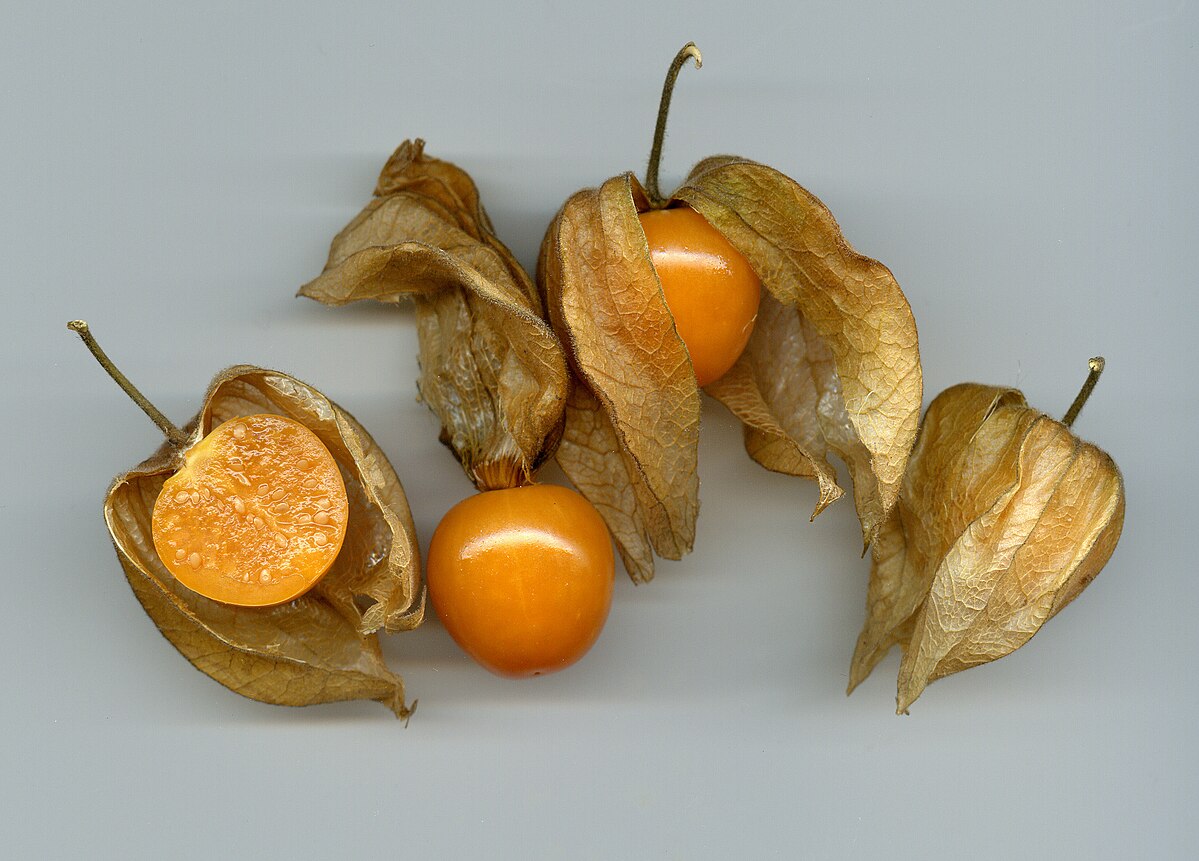
Physalis, also known as ground cherry or cape gooseberry, is a small, orange fruit encased in a papery husk. The fruit is sweet-tart and can be eaten raw or cooked. To eat physalis, peel back the husk and rinse the fruit. They can be added to salads, desserts, or used as a garnish. Physalis is also delicious when made into jams or jellies, offering a unique flavor to your recipes.
Jabuticaba
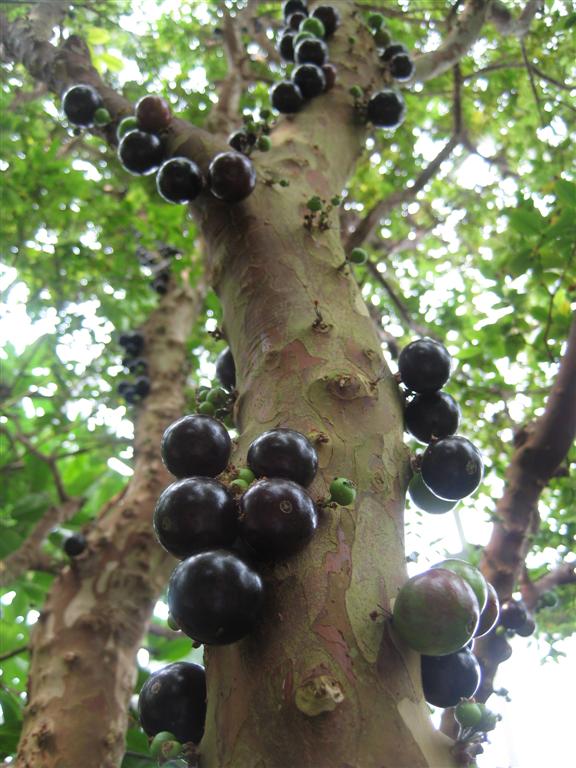
Jabuticaba is a Brazilian fruit that grows directly on the trunk of the tree. The dark purple fruit resembles grapes and has a sweet, grape-like flavor. To eat jabuticaba, simply pop the fruit into your mouth and eat around the seed. Jabuticaba can be eaten fresh, made into jellies, wines, and liqueurs, or used in desserts. Its unique growth habit makes it a fascinating fruit to explore.
African Horned Cucumber
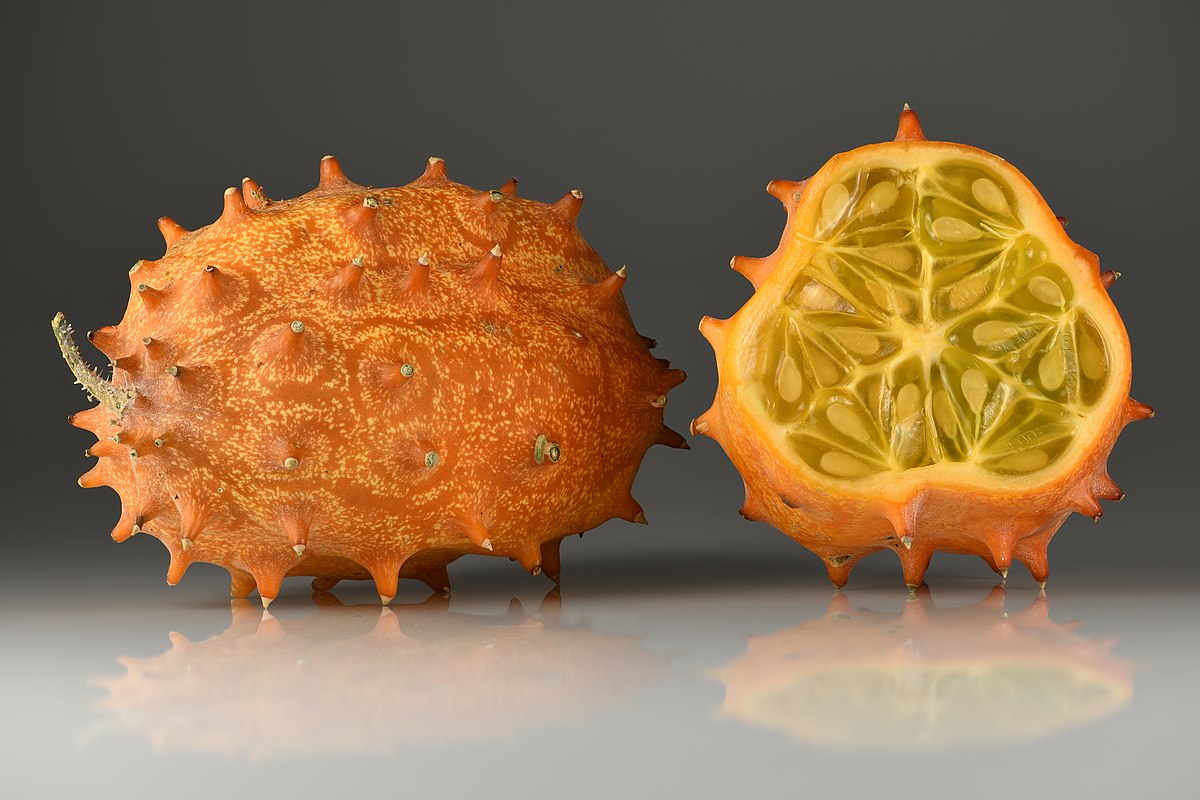
Also known as kiwano, the African horned cucumber has a spiky orange skin and bright green, jelly-like flesh. It has a mildly sweet and tart taste, similar to a mix of cucumber, kiwi, and banana. To eat kiwano, cut the fruit in half and scoop out the flesh with a spoon. It can be eaten fresh, added to fruit salads, or used as a garnish. The seeds are edible, adding a crunchy texture.
Ackee
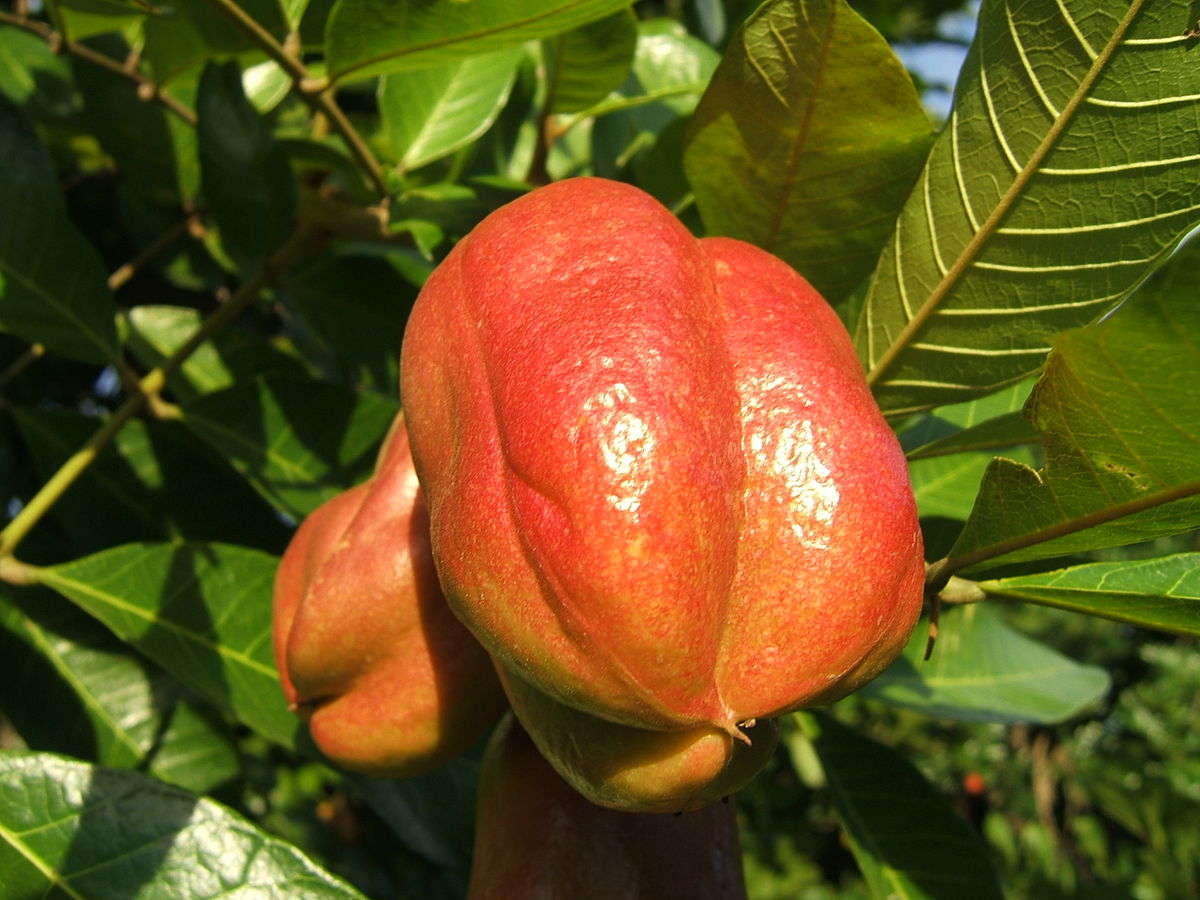
Ackee is a tropical fruit native to West Africa and popular in Jamaican cuisine. It has a creamy texture and a slightly nutty flavor. To eat ackee, it must be cooked properly as the raw fruit is toxic. Only the yellow arils are edible, and they should be boiled until tender. Ackee is often paired with saltfish in the traditional Jamaican dish, Ackee and Saltfish, but can also be used in soups and stews.
Salak
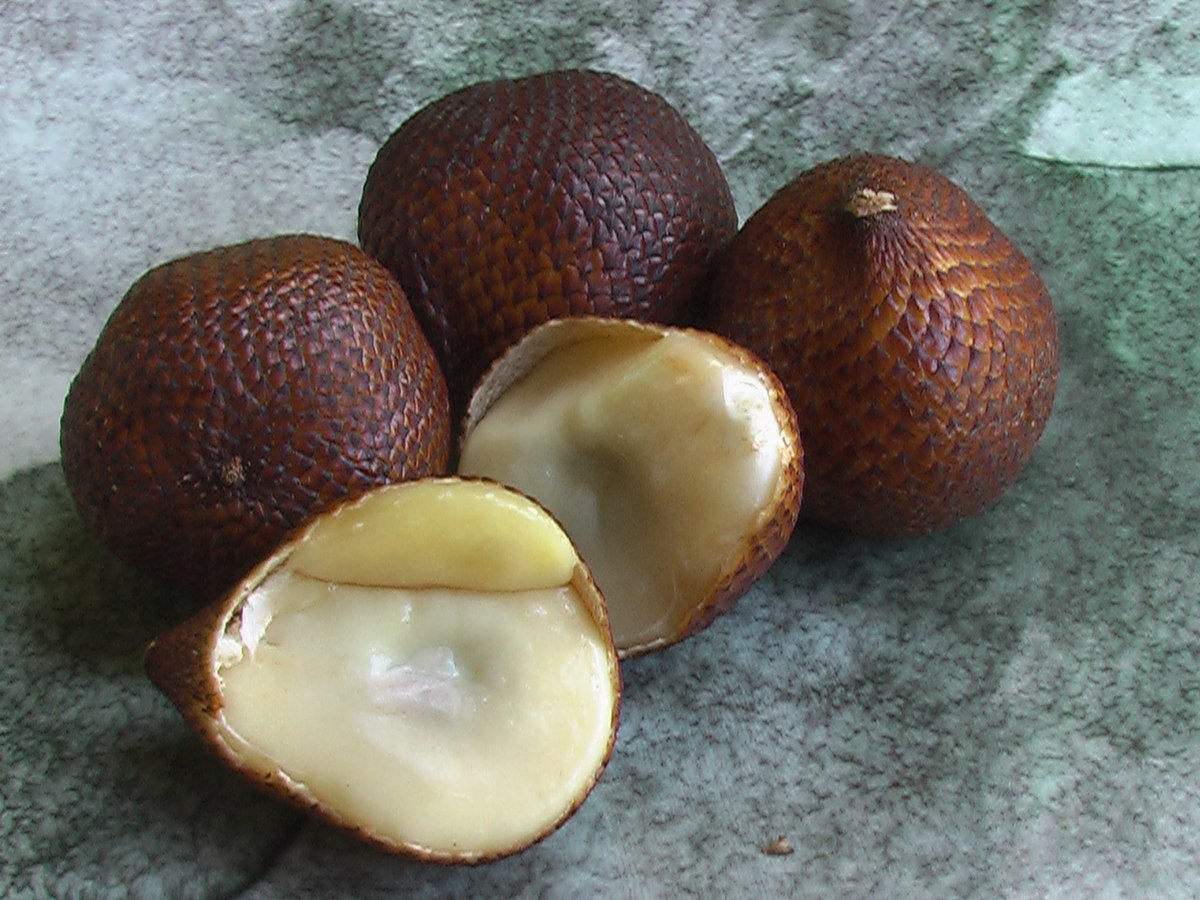
Salak, or snake fruit, is native to Indonesia and has a reddish-brown scaly skin. The flesh is crunchy and sweet with a hint of acidity. To eat salak, peel off the skin to reveal the segments inside. Be mindful of the seeds, which are not edible. Salak can be eaten fresh or used in fruit salads. It is also a popular ingredient in Indonesian cuisine, often used in pickles and desserts.
Longan
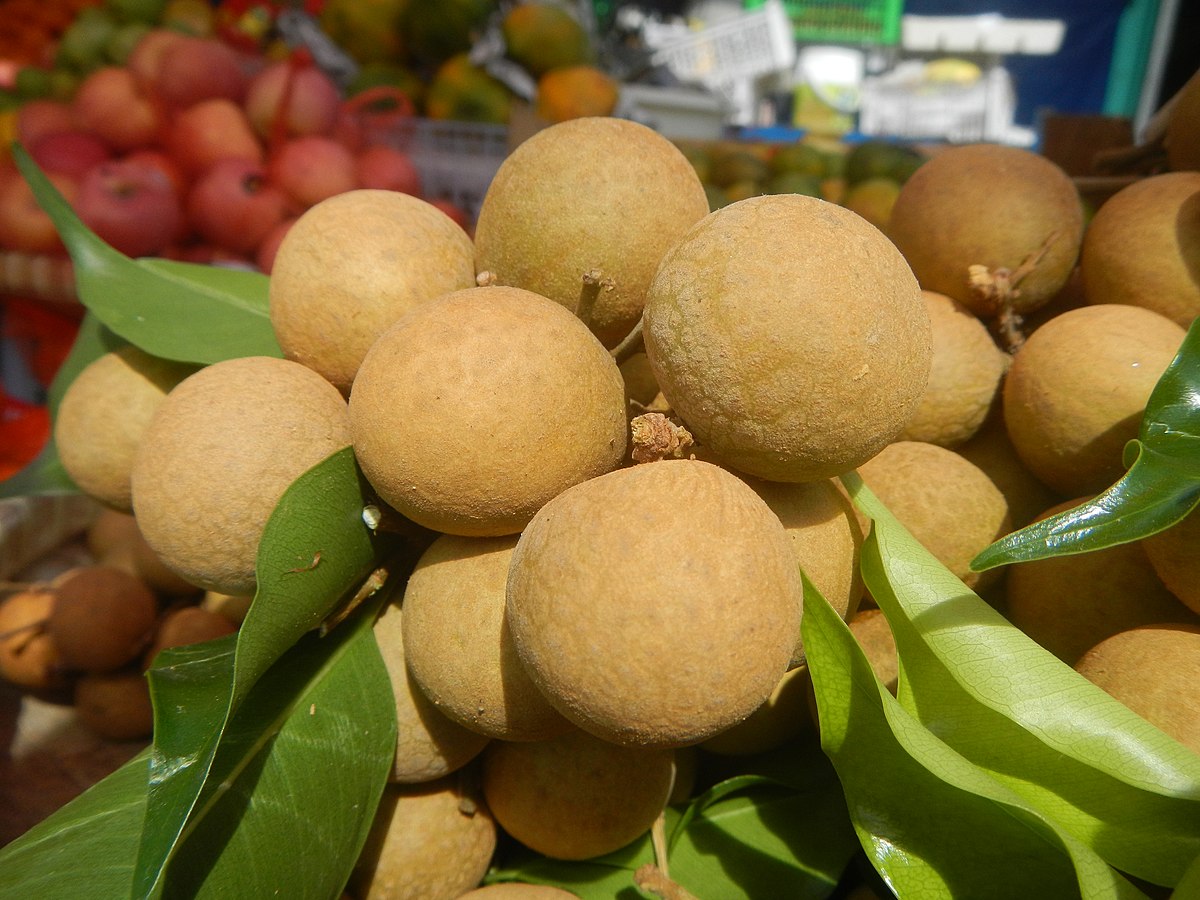
Longan, often called “dragon’s eye,” is a small, round fruit with translucent flesh and a single seed. It has a sweet and slightly floral flavor. To eat longan, peel off the skin and pop out the flesh. The seed inside is not edible. Longan can be enjoyed fresh, dried, or canned. It is often used in Asian desserts, soups, and teas for its refreshing taste.
Buddha’s Hand
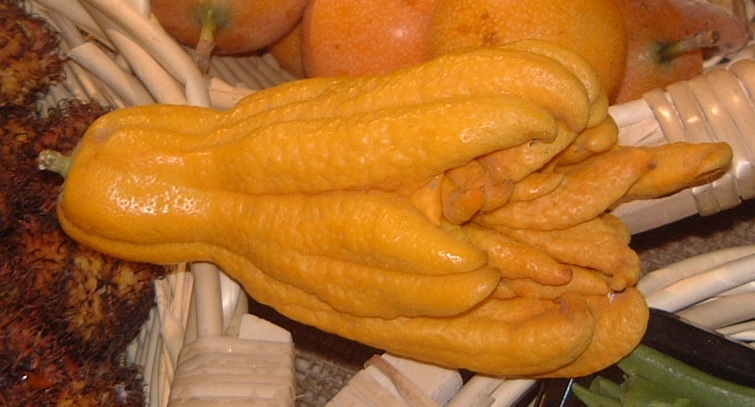
Buddha’s Hand is a unique citrus fruit with long, finger-like segments. It has a strong lemon fragrance but contains no juice or pulp. To eat Buddha’s Hand, the rind can be zested or peeled and used in cooking. It is commonly used to infuse flavor into alcohols, vinegars, and syrups. The fruit is also candied or used to add aroma to sweet and savory dishes.
Sapodilla
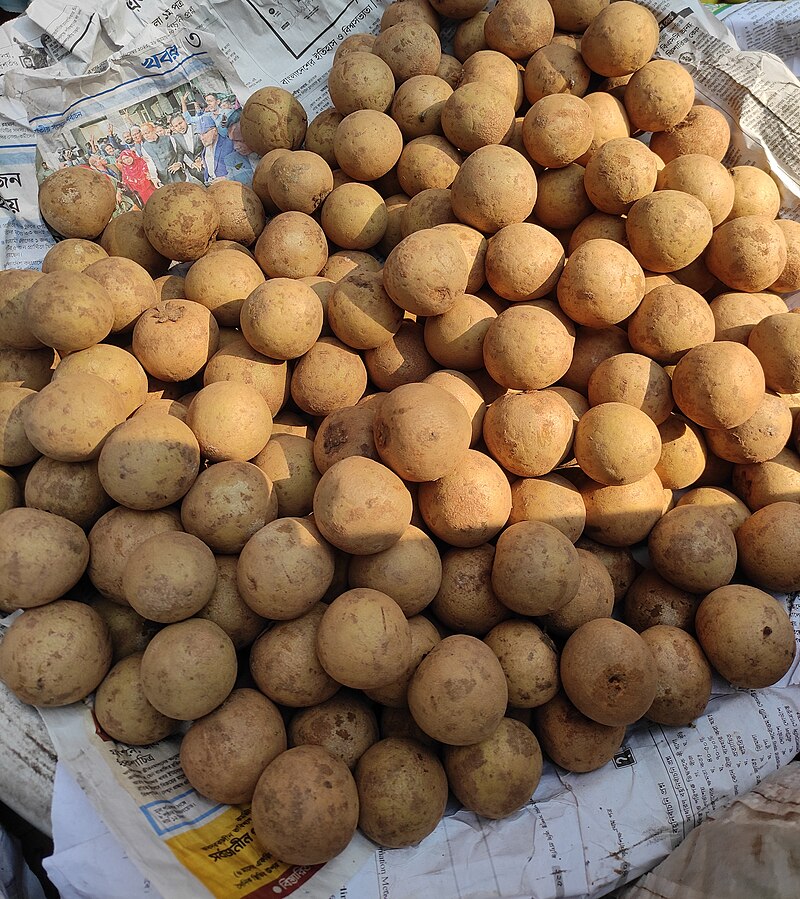
Sapodilla is a tropical fruit with a sweet, malty flavor, often compared to brown sugar. The fruit has a rough brown skin and soft, juicy flesh. To eat sapodilla, cut the fruit in half and scoop out the flesh with a spoon. Be aware of the seeds, which should not be eaten. Sapodilla is best enjoyed fresh, in fruit salads, or blended into smoothies. It can also be used in desserts and jams.
Pawpaw
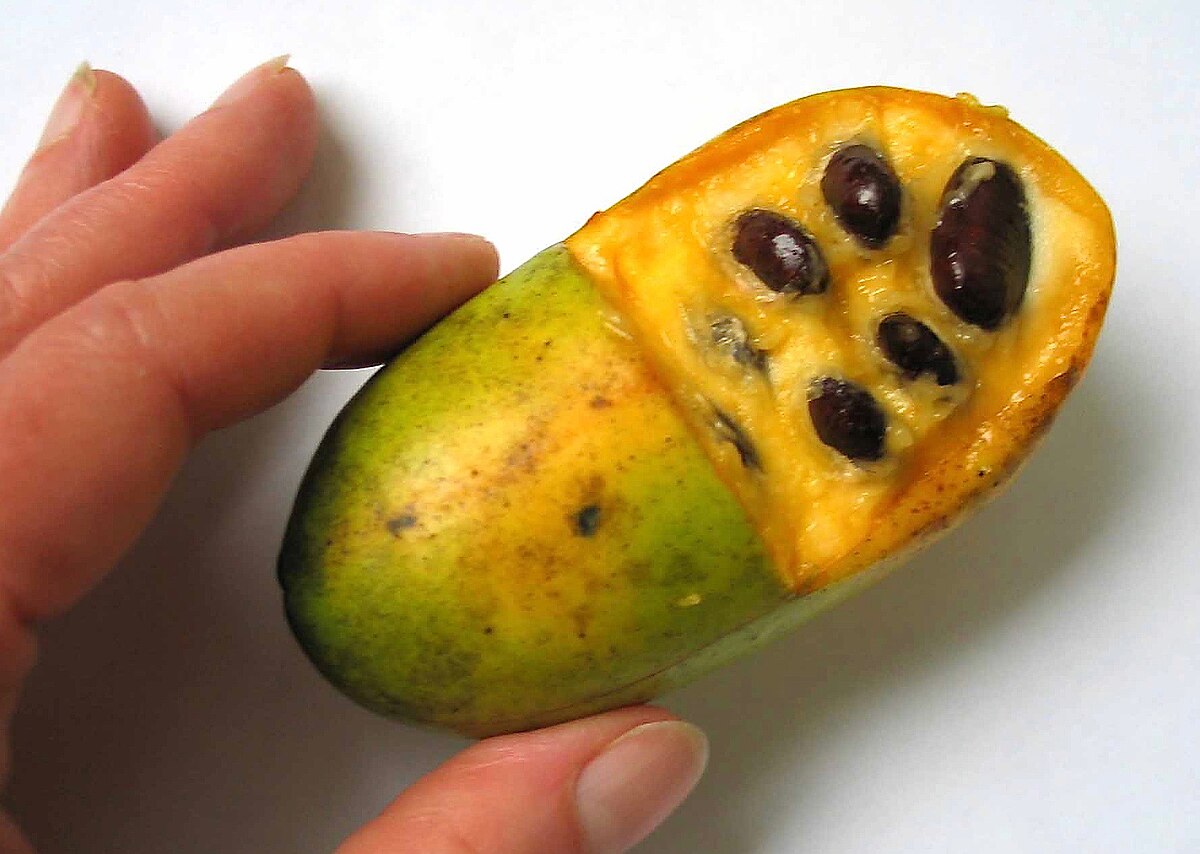
Pawpaw, native to North America, has a creamy texture and a flavor reminiscent of banana and mango. The fruit has a greenish-yellow skin and soft, custard-like flesh. To eat pawpaw, cut the fruit open and scoop out the flesh, avoiding the large seeds. Pawpaw is delicious fresh, in desserts, or used in smoothies and baked goods. It is often referred to as America’s forgotten fruit due to its rarity.
Cherimoya
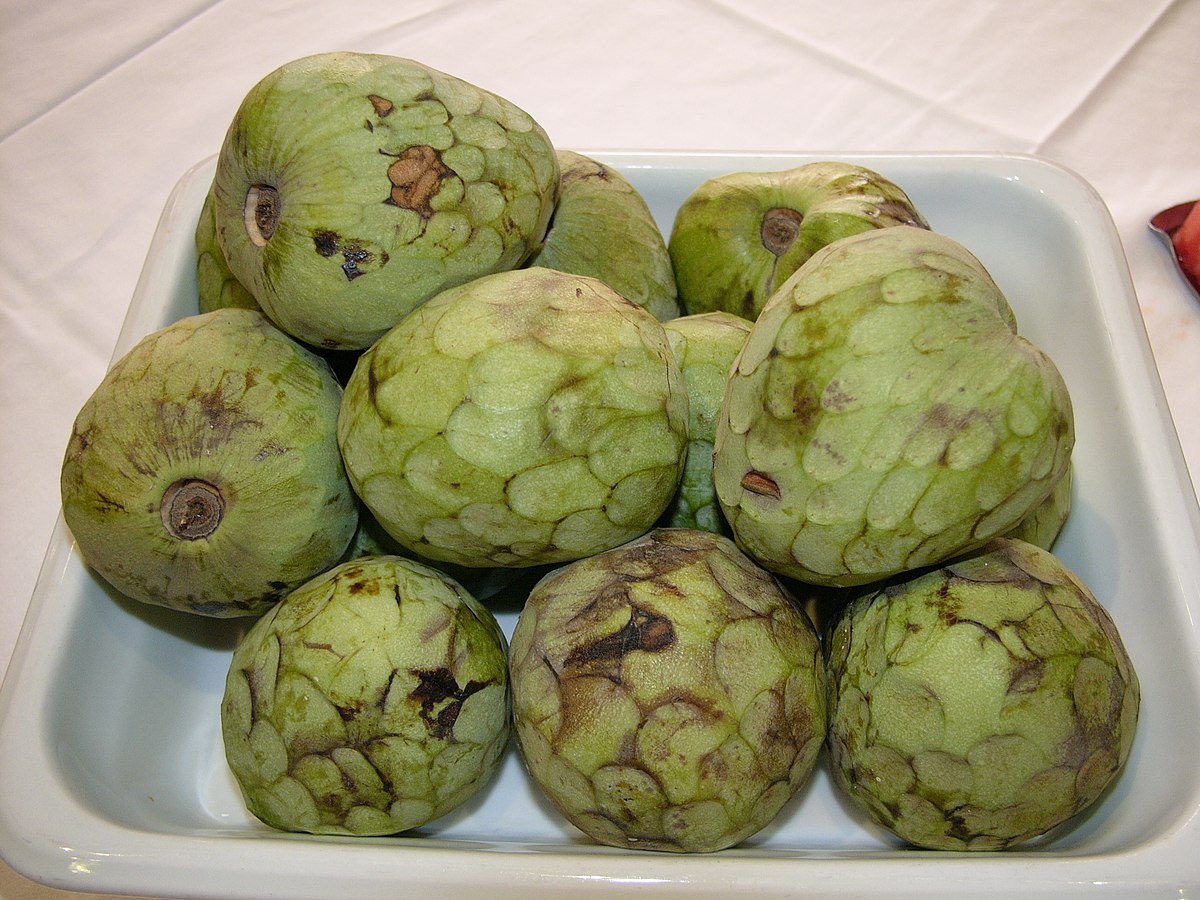
Cherimoya, also known as custard apple, is native to South America and has a creamy, custard-like flesh with a sweet, tropical flavor. To eat cherimoya, cut the fruit in half and scoop out the flesh, avoiding the seeds. Cherimoya is best enjoyed fresh, but it can also be used in desserts, smoothies, and ice creams. Its unique texture and flavor make it a favorite among exotic fruit enthusiasts.
Chayote
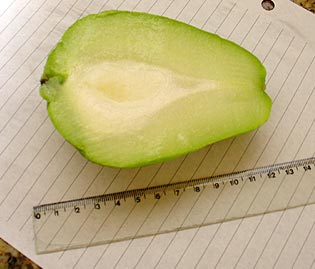
Chayote is a green, wrinkled fruit native to Mexico and Central America, often used as a vegetable. It has a mild, crisp texture and can be eaten raw or cooked. To eat chayote, peel and slice the fruit, removing the seed in the center. It can be added to salads, stir-fries, or boiled and mashed. Chayote is also used in soups and stews, providing a subtle flavor and crunchy texture.
Dragon Fruit
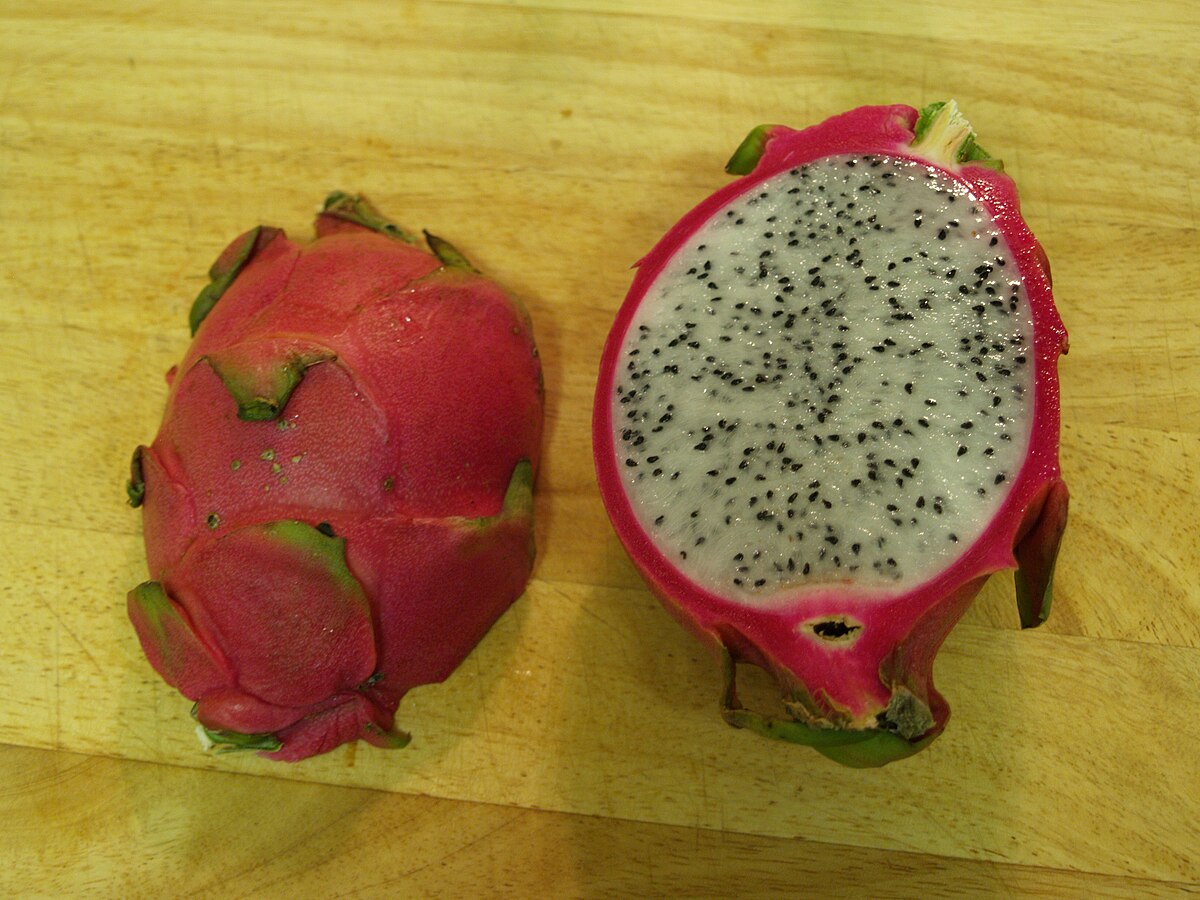
Dragon fruit, also known as pitaya, is a striking fruit with bright pink or yellow skin and speckled flesh. It has a mildly sweet taste and a crunchy texture. To eat dragon fruit, cut it in half and scoop out the flesh with a spoon. The flesh can be eaten fresh, added to fruit salads, or blended into smoothies. Dragon fruit is also a popular ingredient in beverages and desserts.
Miracle Fruit
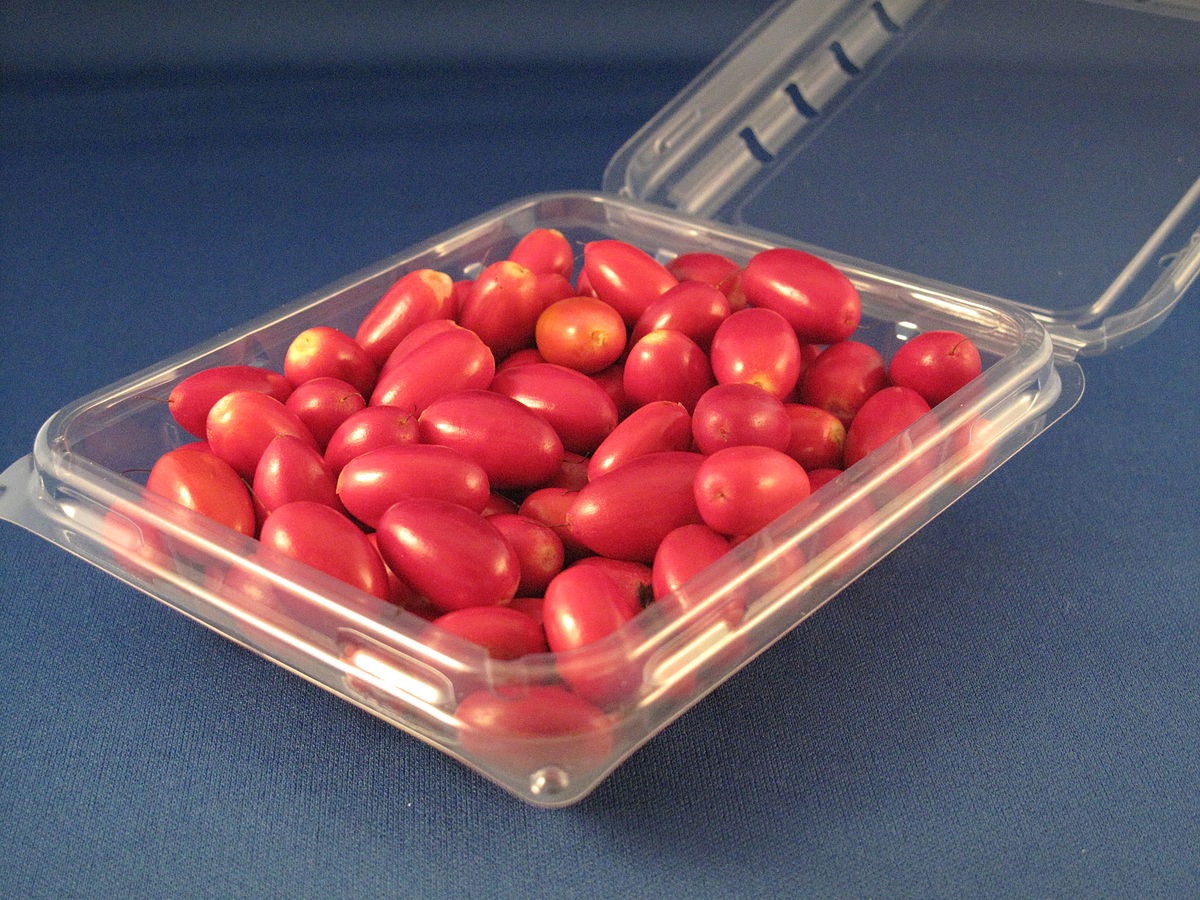
Miracle fruit, native to West Africa, is known for its ability to alter taste perception, making sour foods taste sweet. The small, red berries contain a glycoprotein called miraculin. To eat miracle fruit, consume the berry whole, and then eat sour foods to experience the sweetness. It is often used in flavor-tripping parties and can make foods like lemons and vinegar taste surprisingly sweet.
Cupuaçu
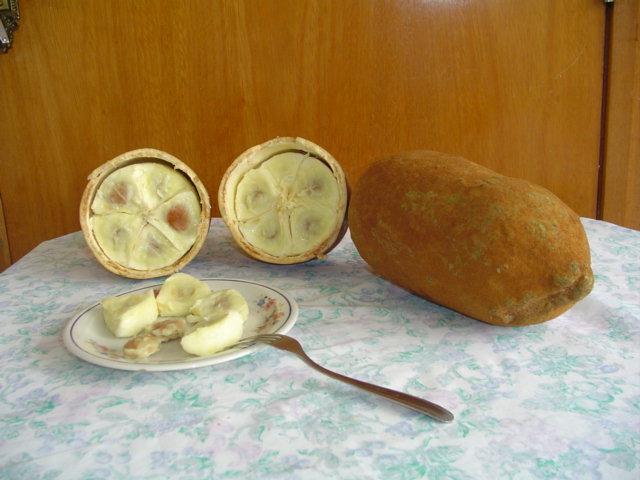
Cupuaçu is a tropical fruit from the Amazon rainforest, related to cacao. It has a thick, brown shell and creamy, aromatic pulp with a flavor similar to chocolate and pineapple. To eat cupuaçu, crack open the shell and scoop out the pulp, which can be eaten fresh or used in desserts. Cupuaçu is also made into juices, smoothies, and confections, offering a unique flavor experience.
This article originally appeared on RetailShout
More From RetailShout
20 Quick and Easy Lunch Ideas for Work

Finding time to prepare a delicious and nutritious lunch during a busy workday can be challenging. Whether you’re working from home or commuting to the office, having a go-to list of quick and easy lunch ideas can save the day. Read More.
The 10 Longest-Running Fast Food Chains in the U.S.

You know how sometimes you just crave a good old burger or a classic milkshake? Fast food is a big part of American culture, and some chains have been serving up our favorites for nearly a century. These places aren’t just about quick meals; they’ve got a lot of history behind them. Read More.
11 False Beliefs About Canned Food, Debunked

You know, there’s a lot of talk about canned foods, and not all of it is true. We’ve all heard those myths that make us think twice about grabbing a can off the shelf. Read More.




